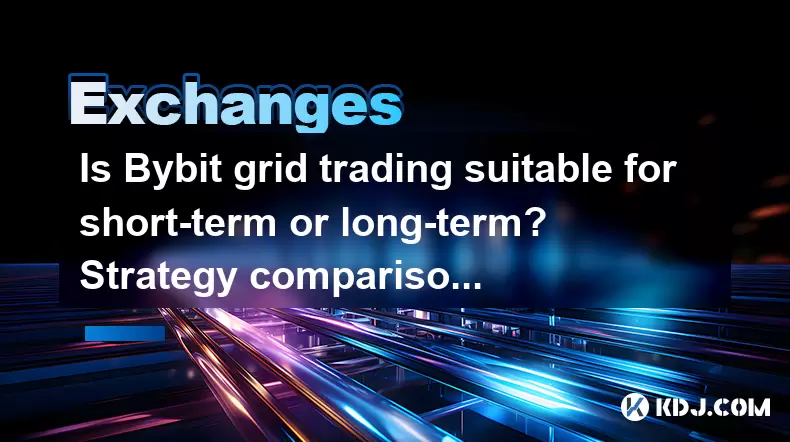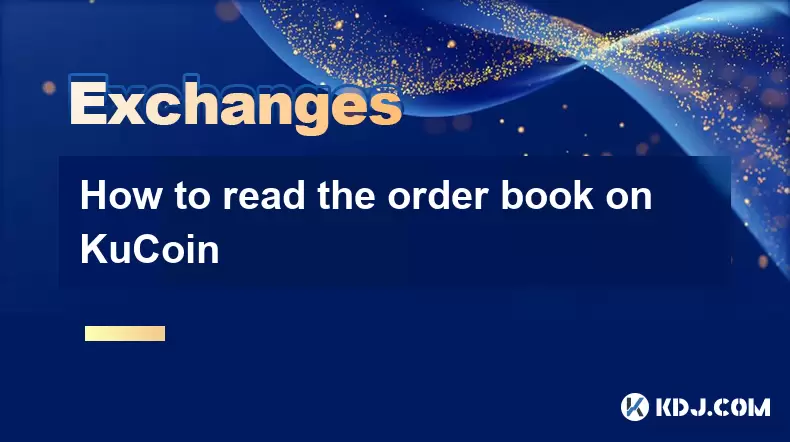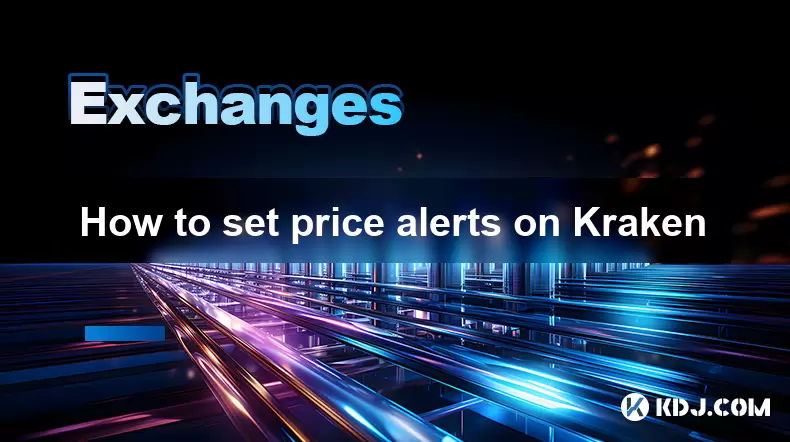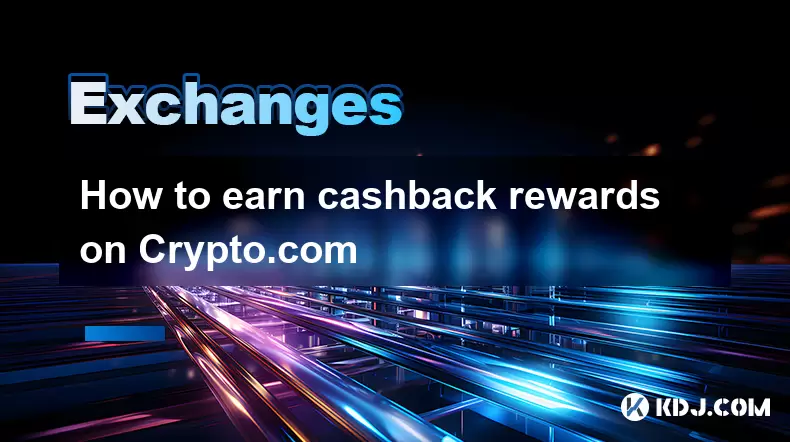-
 Bitcoin
Bitcoin $117600
0.25% -
 Ethereum
Ethereum $4424
0.10% -
 XRP
XRP $3.101
0.50% -
 Tether USDt
Tether USDt $1.001
-0.01% -
 BNB
BNB $836.2
1.26% -
 Solana
Solana $188.8
2.11% -
 USDC
USDC $1.000
0.01% -
 Dogecoin
Dogecoin $0.2301
0.57% -
 TRON
TRON $0.3485
-1.00% -
 Cardano
Cardano $0.9209
-1.34% -
 Hyperliquid
Hyperliquid $46.72
-1.19% -
 Chainlink
Chainlink $22.62
4.84% -
 Stellar
Stellar $0.4275
-0.38% -
 Sui
Sui $3.761
1.91% -
 Bitcoin Cash
Bitcoin Cash $586.7
-0.25% -
 Ethena USDe
Ethena USDe $1.001
0.01% -
 Hedera
Hedera $0.2510
2.06% -
 Avalanche
Avalanche $24.21
2.22% -
 Litecoin
Litecoin $119.7
1.07% -
 Toncoin
Toncoin $3.450
1.06% -
 UNUS SED LEO
UNUS SED LEO $9.411
-0.93% -
 Shiba Inu
Shiba Inu $0.00001298
1.20% -
 Uniswap
Uniswap $10.98
3.25% -
 Polkadot
Polkadot $3.961
2.16% -
 Dai
Dai $1.000
0.00% -
 Bitget Token
Bitget Token $4.642
0.95% -
 Cronos
Cronos $0.1514
0.57% -
 Ethena
Ethena $0.7290
3.78% -
 Monero
Monero $254.1
7.69% -
 Pepe
Pepe $0.00001102
2.47%
Is Bybit grid trading suitable for short-term or long-term? Strategy comparison
Bybit's grid trading allows users to automate strategies, profiting from market volatility with customizable grids for short-term and long-term trading.
May 09, 2025 at 04:56 pm

Bybit, a leading cryptocurrency exchange, offers a variety of trading tools to its users, one of which is grid trading. Grid trading is a strategy that involves setting up a series of buy and sell orders at predetermined price levels, creating a 'grid' of trades. This strategy can be applied to both short-term and long-term trading, but the suitability depends on various factors including market conditions, risk tolerance, and trading goals. In this article, we will explore the nuances of using Bybit's grid trading for short-term and long-term strategies, comparing their effectiveness and providing insights into how traders can optimize their approach.
Understanding Bybit Grid Trading
Bybit's grid trading feature allows traders to automate their trading strategy by setting up a grid of buy and sell orders within a specified price range. The idea is to profit from the volatility of the market by buying low and selling high within the grid. Traders can customize the grid according to their preferences, such as setting the upper and lower price limits, the number of grids, and the profit target.
To set up a grid trading strategy on Bybit, follow these steps:
- Log into your Bybit account and navigate to the trading section.
- Select the cryptocurrency pair you want to trade.
- Click on the 'Grid Trading' tab to access the grid trading interface.
- Set the upper and lower price limits for your grid. These limits define the range within which your grid will operate.
- Choose the number of grids you want to create. More grids mean more frequent trades but also higher transaction costs.
- Set your profit target and any other parameters such as stop-loss levels.
- Review your settings and click 'Create Grid' to start the strategy.
Short-Term Grid Trading on Bybit
Short-term grid trading on Bybit is typically used by traders looking to capitalize on small price movements within a short period, often ranging from a few minutes to a few hours. This strategy is suitable for markets with high volatility, as it allows traders to profit from frequent price fluctuations.
The advantages of short-term grid trading include:
- Quick profits: Traders can potentially make multiple small profits within a short timeframe.
- Flexibility: Short-term grids can be adjusted quickly to adapt to changing market conditions.
- Reduced exposure: Since the trades are short-lived, the risk of significant price movements against the trader's position is lower.
However, there are also challenges to consider:
- Higher transaction costs: Frequent trading can lead to higher fees, which can eat into profits.
- Market noise: Short-term grids may be more susceptible to market noise and false signals.
- Increased monitoring: Traders need to closely monitor their grids and be ready to adjust them as needed.
Long-Term Grid Trading on Bybit
Long-term grid trading on Bybit is designed for traders who are looking to hold positions over an extended period, often ranging from days to weeks or even months. This strategy is more suitable for markets with less volatility, as it aims to capture larger price movements over time.
The benefits of long-term grid trading include:
- Lower transaction costs: Since trades are less frequent, the overall transaction costs are lower.
- Reduced need for monitoring: Long-term grids require less frequent adjustments, allowing traders to set and forget their strategy.
- Potential for larger profits: By capturing larger price movements, long-term grids can result in more significant profits.
However, there are also drawbacks to consider:
- Increased risk: Holding positions for longer periods exposes traders to more significant market movements, which can result in larger losses.
- Opportunity cost: Capital tied up in long-term grids may not be available for other trading opportunities.
- Slower returns: Profits may take longer to materialize, requiring patience from the trader.
Comparing Short-Term and Long-Term Grid Trading Strategies
When comparing short-term and long-term grid trading strategies on Bybit, several key factors come into play:
- Market conditions: Short-term grids are more suitable for volatile markets, while long-term grids are better for less volatile markets.
- Risk tolerance: Traders with a higher risk tolerance may prefer short-term grids, while those with a lower risk tolerance may opt for long-term grids.
- Trading goals: Traders looking for quick profits may choose short-term grids, while those seeking larger, more stable returns may prefer long-term grids.
To illustrate the differences, let's consider a hypothetical scenario:
- Short-term grid trading: A trader sets up a grid on the BTC/USDT pair with a price range of $30,000 to $31,000, divided into 10 grids. The trader aims to profit from small price movements within this range over the next few hours.
- Long-term grid trading: Another trader sets up a grid on the same pair but with a price range of $25,000 to $35,000, divided into 5 grids. The trader aims to capture larger price movements over the next few weeks.
Optimizing Grid Trading Strategies on Bybit
To optimize grid trading strategies on Bybit, traders can consider the following tips:
- Analyze market trends: Before setting up a grid, analyze the market trends to determine whether a short-term or long-term approach is more suitable.
- Adjust grid parameters: Experiment with different grid parameters, such as the number of grids and profit targets, to find the optimal settings for your strategy.
- Use stop-loss orders: Implement stop-loss orders to limit potential losses, especially for long-term grids.
- Monitor and adjust: Regularly monitor your grids and be prepared to adjust them based on market conditions and performance.
Case Studies: Real-World Examples of Grid Trading on Bybit
To provide a more concrete understanding of grid trading on Bybit, let's look at a couple of real-world examples:
- Short-term grid trading example: A trader sets up a short-term grid on the ETH/USDT pair with a price range of $2,000 to $2,100, divided into 20 grids. Over the next few hours, the market experiences high volatility, and the trader makes multiple small profits as the price fluctuates within the grid. The total profit after accounting for transaction fees is 1.5%.
- Long-term grid trading example: Another trader sets up a long-term grid on the same pair but with a price range of $1,800 to $2,200, divided into 10 grids. Over the next few weeks, the market experiences a gradual upward trend, and the trader captures larger price movements within the grid. The total profit after accounting for transaction fees is 5%.
Frequently Asked Questions
Q: Can I use grid trading on Bybit for multiple cryptocurrency pairs simultaneously?
A: Yes, Bybit allows you to set up grid trading strategies for multiple cryptocurrency pairs at the same time. However, you need to monitor each grid separately and adjust them according to the specific market conditions of each pair.
Q: How do I know if my grid trading strategy on Bybit is performing well?
A: To assess the performance of your grid trading strategy on Bybit, you can track metrics such as total profit, number of trades executed, and the average profit per trade. Additionally, compare your strategy's performance against the overall market trends to determine its effectiveness.
Q: Are there any tools or indicators that can help me optimize my grid trading strategy on Bybit?
A: Yes, Bybit offers various tools and indicators that can help you optimize your grid trading strategy. For example, you can use technical indicators like moving averages and RSI to identify potential entry and exit points within your grid. Additionally, Bybit's trading view provides real-time market data and charts that can help you make informed decisions.
Q: Can I backtest my grid trading strategy on Bybit before implementing it live?
A: Bybit does not currently offer a built-in backtesting feature for grid trading strategies. However, you can manually backtest your strategy by analyzing historical price data and simulating how your grid would have performed under past market conditions. This can help you refine your strategy before implementing it live.
Disclaimer:info@kdj.com
The information provided is not trading advice. kdj.com does not assume any responsibility for any investments made based on the information provided in this article. Cryptocurrencies are highly volatile and it is highly recommended that you invest with caution after thorough research!
If you believe that the content used on this website infringes your copyright, please contact us immediately (info@kdj.com) and we will delete it promptly.
- Kazakhstan's Crypto Leap: Bitcoin ETF and Central Asia's Digital Finance Future
- 2025-08-13 12:45:19
- BlockDAG Presale Blazes Past $371M: Fundraising Frenzy Fuels Crypto Sensation
- 2025-08-13 13:05:21
- Meme Coins: Chasing the 2025 Surge – Which Will Moonshot?
- 2025-08-13 10:25:23
- Bitcoin's Wild Ride: Rally, Pullback, and What's Next
- 2025-08-13 10:25:23
- Bitcoin, Bitmax, and Institutional Demand: A New Era of Crypto Investment
- 2025-08-13 10:45:12
- Solana, ROAM, and Airdrops: What's the Buzz in 2025?
- 2025-08-13 11:35:13
Related knowledge

How to use margin trading on Poloniex
Aug 08,2025 at 09:50am
Understanding Margin Trading on Poloniex

How to read the order book on KuCoin
Aug 10,2025 at 03:21pm
Understanding the Order Book Interface on KuCoinWhen accessing the order book on KuCoin, users are presented with a real-time display of buy and sell ...

How to read the order book on KuCoin
Aug 12,2025 at 02:28am
Understanding the Basics of Staking in CryptocurrencyStaking is a fundamental concept in the world of blockchain and cryptocurrencies, particularly wi...

How to set price alerts on Kraken
Aug 11,2025 at 08:49pm
Understanding Price Alerts on KrakenPrice alerts on Kraken are tools that allow traders to monitor specific cryptocurrency pairs for price movements. ...

How to avoid high gas fees on Uniswap
Aug 13,2025 at 11:35am
Understanding Gas Fees on UniswapGas fees on Uniswap are payments made to Ethereum miners or validators for processing transactions on the blockchain....

How to earn cashback rewards on Crypto.com
Aug 12,2025 at 02:08am
Understanding Cashback Rewards on Crypto.comCashback rewards on Crypto.com are a feature designed to incentivize users to spend using their Crypto.com...

How to use margin trading on Poloniex
Aug 08,2025 at 09:50am
Understanding Margin Trading on Poloniex

How to read the order book on KuCoin
Aug 10,2025 at 03:21pm
Understanding the Order Book Interface on KuCoinWhen accessing the order book on KuCoin, users are presented with a real-time display of buy and sell ...

How to read the order book on KuCoin
Aug 12,2025 at 02:28am
Understanding the Basics of Staking in CryptocurrencyStaking is a fundamental concept in the world of blockchain and cryptocurrencies, particularly wi...

How to set price alerts on Kraken
Aug 11,2025 at 08:49pm
Understanding Price Alerts on KrakenPrice alerts on Kraken are tools that allow traders to monitor specific cryptocurrency pairs for price movements. ...

How to avoid high gas fees on Uniswap
Aug 13,2025 at 11:35am
Understanding Gas Fees on UniswapGas fees on Uniswap are payments made to Ethereum miners or validators for processing transactions on the blockchain....

How to earn cashback rewards on Crypto.com
Aug 12,2025 at 02:08am
Understanding Cashback Rewards on Crypto.comCashback rewards on Crypto.com are a feature designed to incentivize users to spend using their Crypto.com...
See all articles

























































































